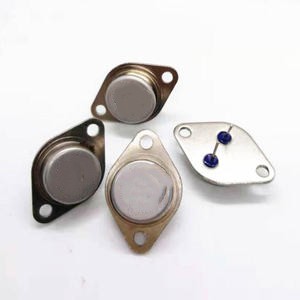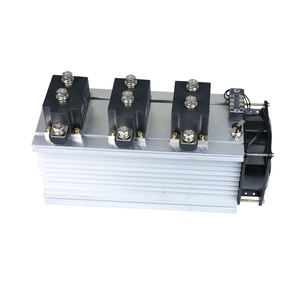Thyristors Online | High-Quality Power Semiconductors
**”Thyristors vs. SCRs: Unraveling the Power Electronics Puzzle”**
(Thyristors and SCRs: Differentiating Between Similar Technologies)
In the electrifying world of power electronics, where currents flow and voltages surge, two components often steal the spotlight: thyristors and SCRs. At first glance, they might seem like twins separated at birth, but dig a little deeper, and you’ll uncover a fascinating tale of similarities, differences, and unique applications. So, buckle up as we dive into the electrifying showdown between thyristors and SCRs—two technologies that power our modern world in ways you might not even realize.
Let’s start with the basics. A thyristor is a broad term for a family of semiconductor devices that act as switches, controlling the flow of electrical power. Think of them as the gatekeepers of electricity, deciding when to let the current pass and when to hold it back. Now, here’s where it gets interesting: an SCR, or Silicon-Controlled Rectifier, is actually a type of thyristor. It’s like saying all squares are rectangles, but not all rectangles are squares. SCRs are the rock stars of the thyristor family, widely used in everything from dimmer switches to industrial motor controls.
So, what makes SCRs stand out? For starters, they’re designed to handle high voltages and currents, making them ideal for heavy-duty applications. Imagine a massive industrial machine that needs precise control over its power supply—SCRs are the go-to component for the job. They’re rugged, reliable, and can handle the heat (literally). But here’s the kicker: once an SCR is triggered, it stays on until the current drops to zero. It’s like flipping a switch and then needing a power outage to turn it off. This characteristic makes SCRs perfect for applications where you need a steady, uninterrupted flow of power.
Now, let’s talk about thyristors beyond SCRs. While SCRs are the most common type, the thyristor family includes other members like GTOs (Gate Turn-Off thyristors) and TRIACs (Triode for Alternating Current). These cousins of the SCR bring their own unique flavors to the table. GTOs, for example, can be turned off with a signal, giving engineers more control over the switching process. TRIACs, on the other hand, can handle alternating current, making them a favorite in household appliances like light dimmers and fan speed controllers.
But why does this matter to you? Well, whether you’re charging your phone, adjusting the brightness of your living room lights, or driving an electric car, thyristors and SCRs are working behind the scenes to make it all happen. They’re the unsung heroes of modern technology, quietly ensuring that power flows where it’s needed, when it’s needed.
(Thyristors and SCRs: Differentiating Between Similar Technologies)
In the end, the story of thyristors and SCRs is one of innovation and versatility. They may seem similar at first glance, but each has its own role to play in the grand symphony of power electronics. So, the next time you flip a switch or plug in a device, take a moment to appreciate the tiny yet mighty components that make it all possible. After all, in the world of electricity, it’s not just about the power—it’s about how you control it.


